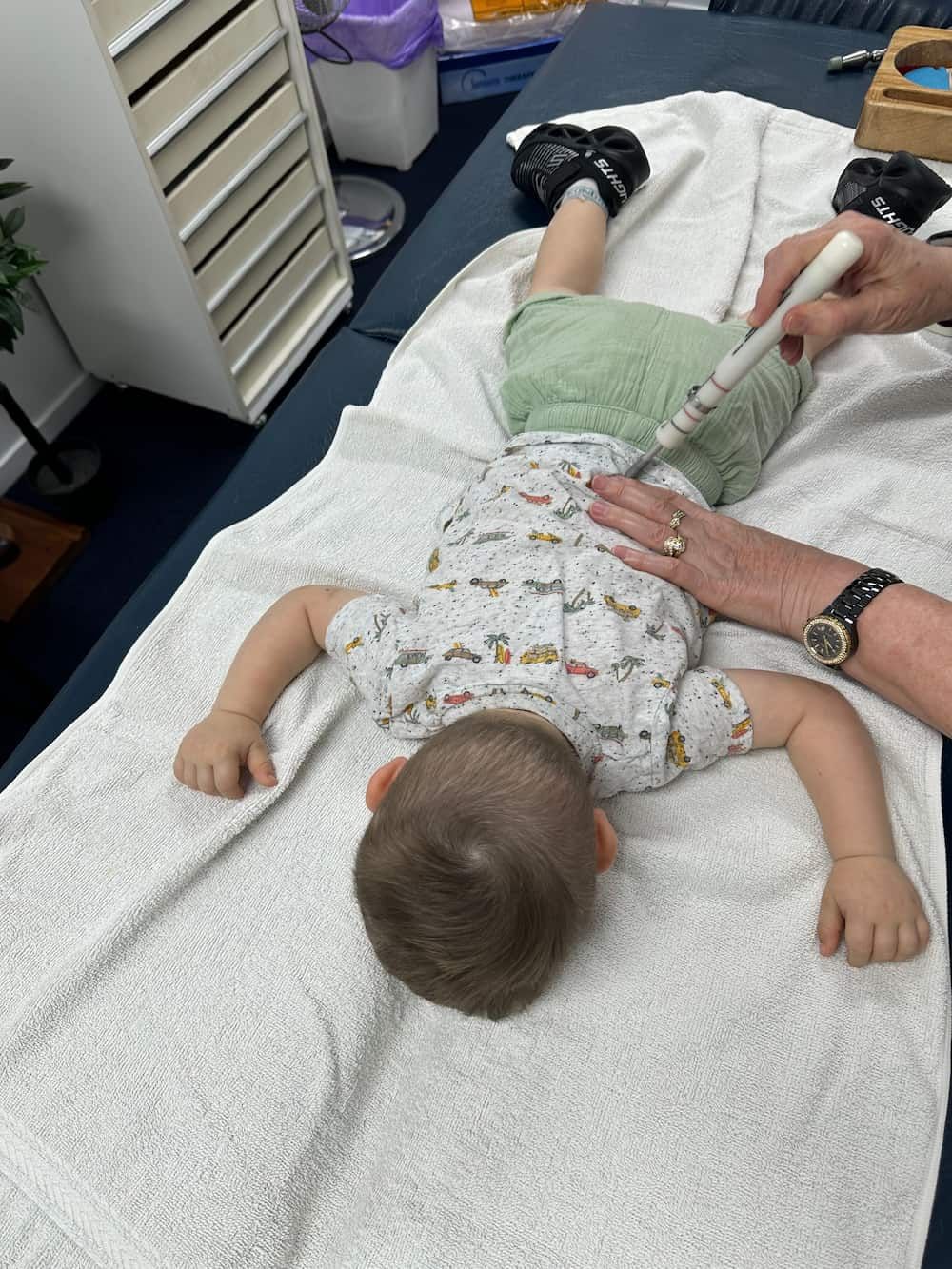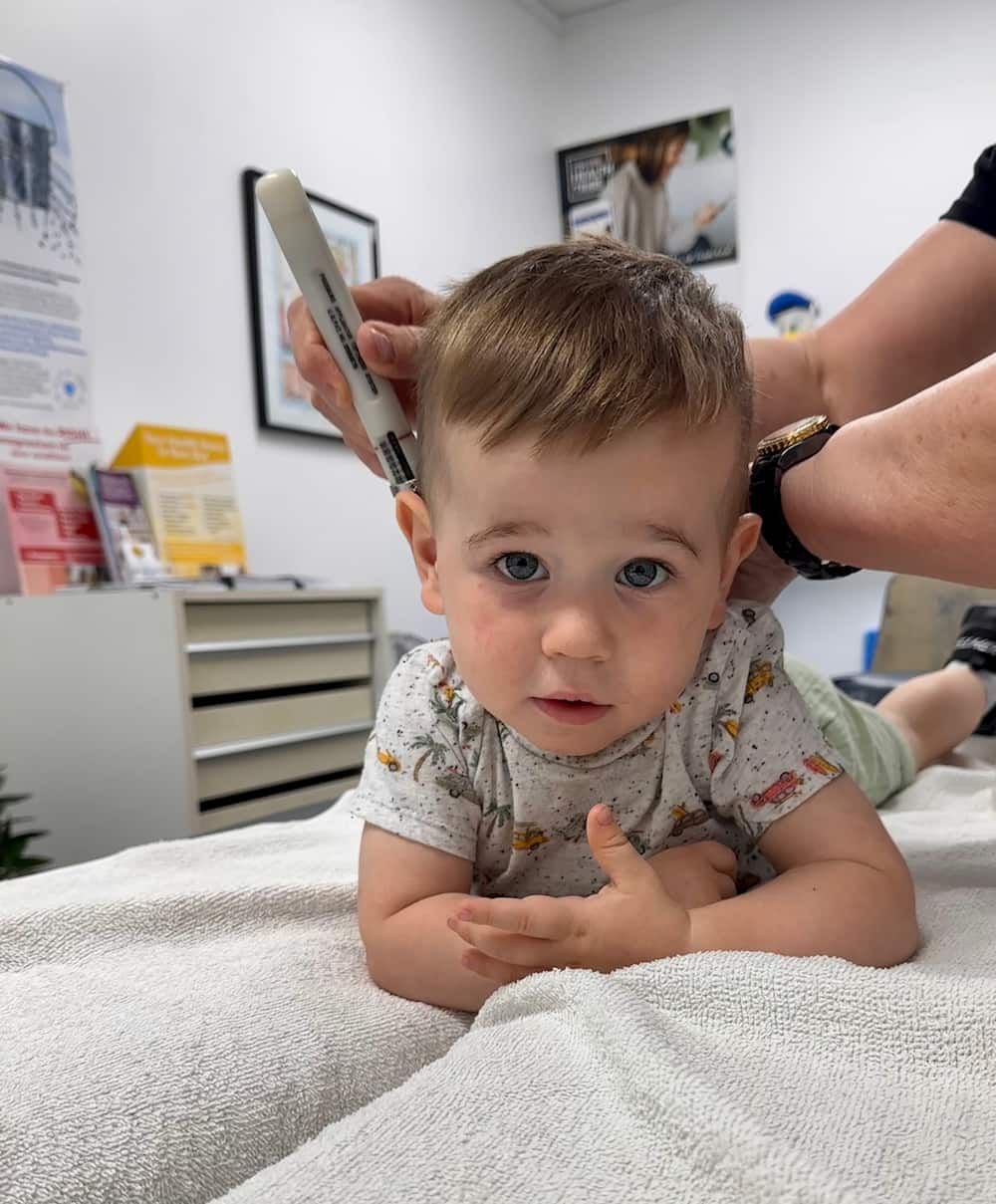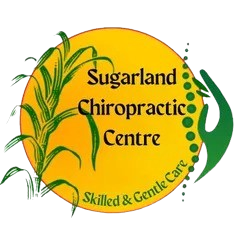Paediatric Chiropractor in Bundaberg
- AHPRA-Registered Chiropractors
- Evidence-Informed Treatment Plans
- TGA-Approved Therapies
Request a Callback
Thank you for contacting Sugarland Chiropractic Centre.
We will get back to you as soon as possible.
Oops, there was an error sending your message.
Please try again later.
Bundaberg Paediatric Chiropractor
From the newborn stage through adolescence, a child’s spine undergoes rapid development and constant change. At Sugarland Chiropractic Centre in Bundaberg, we offer gentle, age-appropriate chiropractic care designed to support healthy growth and mobility in young people.
Whether your child is learning to walk, navigating school posture demands, or participating in sports, a paediatric chiropractor can help identify and manage postural strain, mild scoliosis, and musculoskeletal imbalances before they progress. Techniques used for children are carefully adapted to their age, size, and stage of development, focusing on comfort, safety and the unique needs of a growing body.
Initial assessments may include posture checks, gait analysis, and movement evaluations, forming the basis for a safe and individualised care plan. To learn more or book an appointment, call (07) 4153 2233.
Supporting Growth, Posture & Function
As children grow, their musculoskeletal system is shaped by daily activities like crawling, walking, playing or carrying heavy school bags. Physical milestones, injuries from falls, or prolonged device use can all influence spinal alignment and joint function. Paediatric chiropractic care focuses on supporting these developmental phases using extremely gentle techniques such as light mobilisation, age-specific adjustments, and soft tissue work when appropriate. Treatment is non-invasive and delivered in a way that respects a child’s comfort and developmental stage.
Chiropractic care for children may be helpful in managing common concerns like uneven posture, restricted movement, and mild spinal curvatures. For babies, subtle alignment issues from birth or positioning in utero can also be assessed and monitored. Parental involvement and informed consent are essential at every stage of care, and practitioners follow paediatric safety standards and clinical guidelines specific to children’s musculoskeletal health. Care is always tailored and designed to support healthy development rather than treat medical conditions.
Frequently Asked Questions
Is chiropractic care safe for children?
Yes, when provided by a chiropractor trained in paediatric care, chiropractic treatment is safe for children. Techniques are significantly modified for younger bodies and often involve very gentle pressure or mobilisation rather than forceful adjustments. Practitioners use age-appropriate methods and adhere to strict clinical guidelines to ensure the comfort and safety of the child. A full history and physical assessment are conducted before beginning care, and parents are kept informed at every stage.
What conditions do paediatric chiropractors treat?
Paediatric chiropractors do not treat medical conditions but may support children experiencing musculoskeletal issues such as postural imbalances, limited joint movement, or discomfort linked to physical activity or rapid growth. In infants, care may focus on mobility, spinal alignment, or feeding posture concerns. For older children, chiropractic care may help address stress from prolonged sitting, carrying school bags, or sports-related strain. Each case is assessed individually and managed in line with paediatric safety standards.
At what age can a child see a chiropractor?
Children can be assessed by a chiropractor from birth, depending on the reason for care. Chiropractic techniques for newborns are extremely gentle and focus more on monitoring development than making adjustments. As children grow, care is adapted to their physical stage and clinical needs. Many parents seek chiropractic assessments following birth, at key developmental milestones, or during school-age years when posture and activity levels begin to change significantly.








